Polyuria, the excessive production of urine leading to frequent urination, can be a concerning issue in birds. Understanding polyuria in birds- causes, symptoms and diagnosis is essential for avian enthusiasts and owners.
There are various factors that can trigger polyuria in birds, including dietary imbalances, kidney disorders, infections, and underlying health conditions.
Identifying the root cause is the first step in addressing this condition and providing appropriate care.
Polyuria often manifests with noticeable symptoms, such as increased thirst, frequent urination, and changes in the bird’s behavior or appearance. These signs should prompt bird owners to seek professional veterinary care to ensure the well-being of their feathered friends.
This article explores the causes, symptoms, and diagnosis of polyuria in birds, shedding light on this important aspect of avian health management.
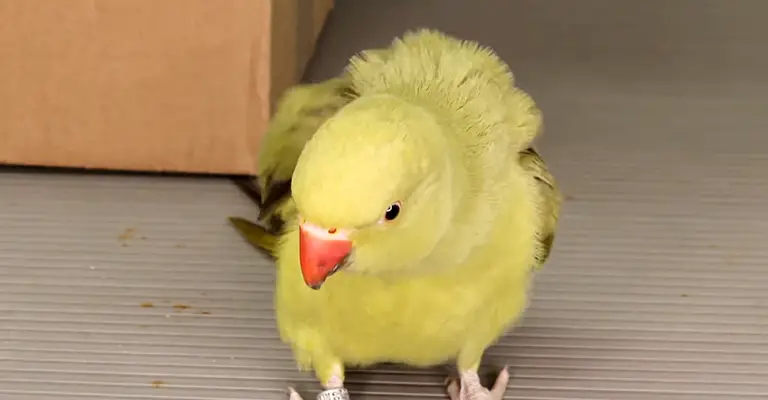
Causes of Polyuria in Birds
Polyuria in birds, which refers to the production of excessive amounts of urine, can be caused by various factors. These include
Dietary Factors
Poor diet or an imbalance in nutrient intake can lead to polyuria in birds. Inadequate water-soluble vitamin levels or excessive consumption of certain foods may disrupt the bird’s metabolic processes, resulting in increased urine production.
Kidney Disease
Birds with kidney problems may exhibit polyuria. Infections, tumors, or other renal issues can compromise the kidney’s ability to regulate water balance, causing an excess of urine production.
Liver Dysfunction
Liver diseases can impact a bird’s ability to metabolize substances properly. When the liver is compromised, it may affect the bird’s water balance, leading to polyuria as a symptom.
Infections
Bacterial or viral infections, particularly those affecting the urinary or reproductive systems, can trigger polyuria in birds. Inflammation and increased fluid intake as a response to infection can contribute to excessive urine output.
Endocrine Disorders
Hormonal imbalances, such as diabetes mellitus or problems with the adrenal glands, can disturb the bird’s regulatory mechanisms. This disruption may lead to polyuria as a consequence of impaired water balance.
Toxicity
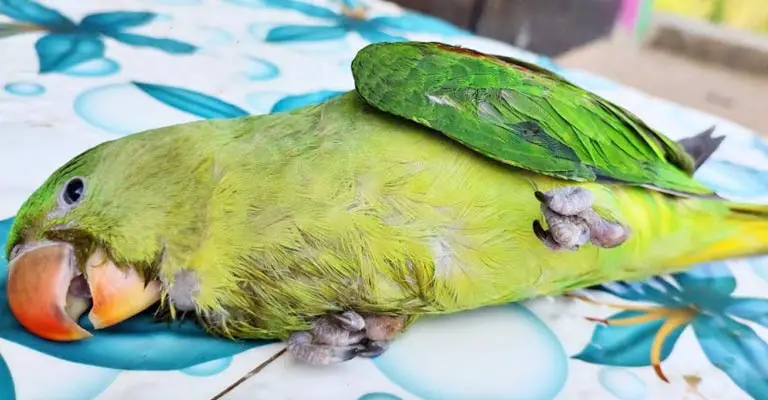
Exposure to toxins, either through ingesting contaminated food or exposure to environmental pollutants, can harm a bird’s organs, including the kidneys and liver. The resulting organ damage may manifest as polyuria.
Stress or Environmental Factors
Birds are sensitive to changes in their environment or stressful situations. Elevated stress levels can influence hormonal patterns and fluid balance, contributing to increased urine production.
Polydipsia (Excessive Thirst)
Polyuria may be a secondary response to polydipsia, where the bird is consuming excessive amounts of water. Underlying causes of polydipsia, such as metabolic disorders or certain medications, can contribute to polyuria.
Genetic Predisposition
Some bird species may be genetically predisposed to certain health conditions, including those affecting the urinary system. Genetic factors can contribute to kidney or liver disorders that result in polyuria.
It’s crucial to note that polyuria in birds is a symptom rather than a specific diagnosis. Identifying the underlying cause requires a thorough veterinary examination, which may include blood tests, imaging, and other diagnostic procedures.
Early detection and intervention are essential for effective treatment and management of underlying health issues.
Symptoms of Polyuria in Birds
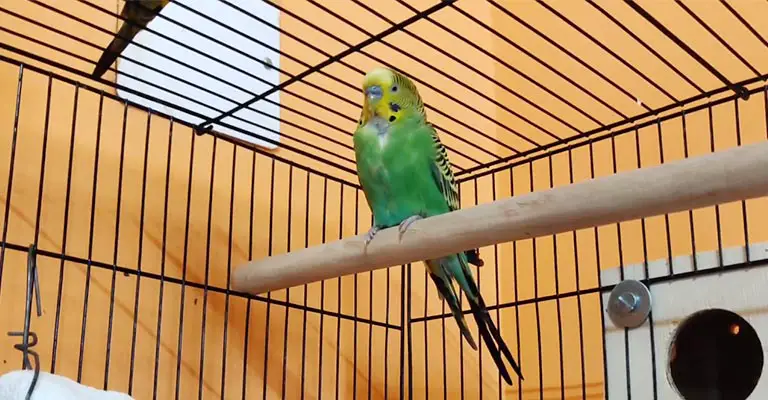
Polyuria in birds, characterized by excessive urine production, often presents alongside various symptoms that can indicate underlying health issues. Here are some common symptoms of polyuria in birds:
Increased Urination Frequency
The most apparent symptom of polyuria is a noticeable increase in the frequency of urination. Bird owners may observe the bird producing larger amounts of urine than usual, leading to wetter droppings and changes in cage hygiene.
Changes in Dropping Color and Consistency
Polyuria can alter the color and consistency of the bird’s droppings. The increased urine production may dilute the feces, resulting in a change in color and a wetter, more liquid consistency.
Dehydration
Paradoxically, despite increased urine output, birds with polyuria can become dehydrated. This occurs because the excessive urine production leads to fluid loss, potentially causing the bird to drink more water to compensate.
Weight Loss
Unexplained weight loss may accompany polyuria, signaling an underlying health issue. The increased metabolic demands associated with certain conditions contributing to polyuria can lead to weight loss over time.
Behavioral Changes
Birds experiencing discomfort or illness may exhibit changes in behavior. Polyuric birds might become lethargic, show a lack of interest in their surroundings, or display unusual behaviors such as excessive preening or hiding.
Abdominal Distension
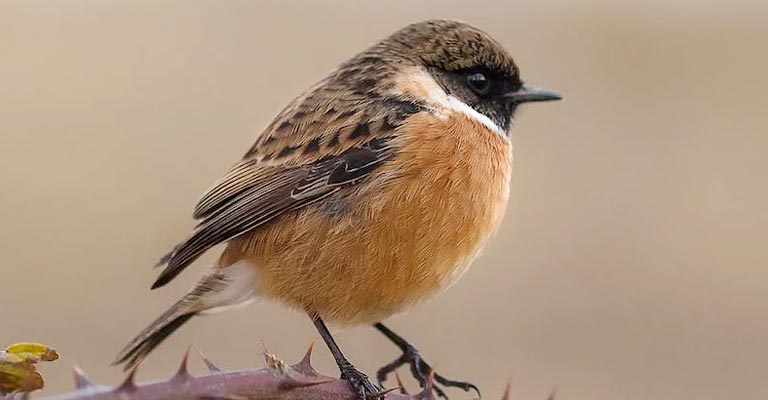
Some conditions causing polyuria may lead to abdominal swelling or distension. This can be visually apparent as a bloated or enlarged abdomen, indicating potential organ dysfunction.
Disinterest in Food
Polyuric birds may lose their appetite or show disinterest in eating. Reduced food intake may be a consequence of an underlying illness affecting the bird’s digestive system or metabolic balance.
Increased Thirst (Polydipsia)
While polyuria involves excessive urine production, it is often accompanied by polydipsia or increased thirst. Birds may be observed drinking larger quantities of water to compensate for the fluid loss through urine.
Fluffed Feathers and General Malaise
Sick birds often exhibit a general malaise, with fluffed feathers being a common sign. The bird may appear lethargic, with feathers ruffled in an attempt to conserve energy and maintain body temperature.
Recognizing these symptoms is crucial for prompt veterinary attention. Polyuria is a clinical sign, not a specific diagnosis, and addressing the underlying cause requires a thorough examination by a veterinarian.
Early detection and intervention can significantly improve the chances of successful treatment and management of the bird’s health issues.
Diagnosis of Polyuria in Birds
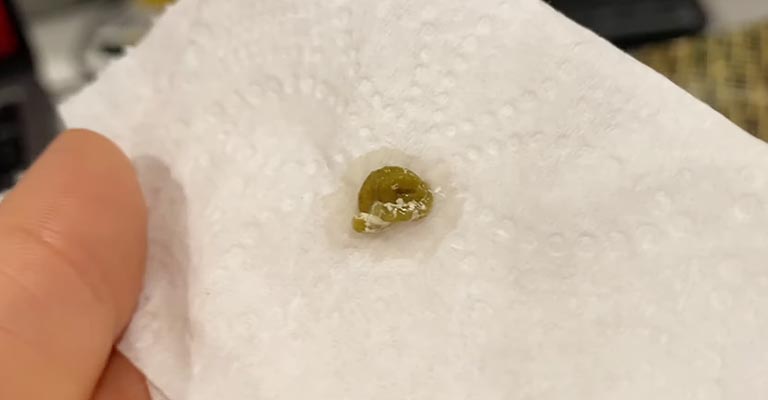
Diagnosing polyuria in birds involves a comprehensive veterinary examination and a range of diagnostic tools to identify the underlying cause. Here are some ways of diagnosing polyuria in birds:
Physical Examination
A thorough physical examination is an initial step in diagnosing polyuria. The veterinarian assesses the bird’s overall health, checks for abnormalities in body condition, examines the plumage, and palpates the abdomen to identify any signs of discomfort or swelling.
Blood Tests
Blood tests, including a complete blood count (CBC) and blood chemistry panel, provide valuable information about the bird’s overall health and organ function.
Abnormalities in blood parameters can indicate potential causes of polyuria, such as kidney or liver dysfunction.
Urinalysis
Collecting and analyzing a urine sample helps evaluate the bird’s kidney function and identify any abnormalities, such as the presence of blood, crystals, or signs of infection. Urinalysis is a crucial diagnostic tool for assessing the urinary system.
Imaging Studies (Radiography or Ultrasound)
Radiographs (X-rays) or ultrasound examinations may be employed to visualize the internal organs, including the kidneys, liver, and reproductive system. These imaging studies can reveal abnormalities, such as tumors or organ enlargement, contributing to polyuria.
Endoscopy
Endoscopy involves the insertion of a thin, flexible tube with a camera into the bird’s body. This allows the veterinarian to visualize internal organs directly, making it a valuable tool for detecting abnormalities in the gastrointestinal or reproductive tracts.
Cytology and Biopsy
Cytological examination of tissue samples or biopsies may be necessary to identify the nature of abnormalities detected during imaging studies. This helps determine whether tumors, inflammation, or infections are contributing to the polyuria.
Bacterial Culture and Sensitivity Testing
If an infection is suspected, bacterial culture and sensitivity testing on fecal or cloacal samples can identify the specific bacteria involved and determine the most effective antibiotic for treatment.
Hormone Assays
Hormone assays can help evaluate the function of the endocrine system. This is particularly important in cases where hormonal imbalances, such as diabetes mellitus, are suspected to be causing polyuria.
Genetic Testing
In certain cases, especially if there is a suspicion of a hereditary condition, genetic testing may be employed. This can help identify specific genetic mutations or predispositions that contribute to the bird’s health issues.
The combination of these diagnostic methods allows veterinarians to gather a comprehensive understanding of the bird’s health and pinpoint the underlying cause of polyuria.
Tailoring the diagnostic approach to the individual bird’s symptoms and history ensures a more accurate and effective diagnosis, enabling appropriate treatment and management.
FAQs
Polyuria in birds is not contagious and is not typically spread from bird to bird. The condition is usually caused by factors such as diet, stress, underlying health issues, or medication.
If left untreated, polyuria in birds can lead to long-term health problems. Dehydration, electrolyte imbalances, and underlying health issues can all lead to complications if not addressed. However, with proper diagnosis and treatment, most birds with polyuria make a full recovery.
There is no sure way to prevent polyuria in birds as the causes of the condition can be varied. However, providing a healthy diet, reducing stress, and regularly monitoring the bird’s health can help to reduce the risk of polyuria.
It is not advisable to treat polyuria in birds at home as the condition can have multiple causes and underlying health issues. It is important to consult a veterinarian for proper diagnosis and treatment.
There are no specific home remedies for polyuria in birds. It is important to consult a veterinarian for proper diagnosis and treatment. However, providing a healthy diet and reducing stress levels can help to reduce the risk of polyuria.
Conclusion
In the world of avian care, understanding polyuria in birds is vital for maintaining the health and well-being of our feathered companions.
Recognizing the causes, symptoms, and diagnosis of polyuria empowers bird owners to take proactive steps when faced with this issue.
The causes of polyuria can be diverse, ranging from dietary factors to underlying health conditions. Identifying the underlying cause is crucial for effective treatment and management.
Symptoms like increased thirst and frequent urination should serve as red flags, prompting bird owners to seek professional veterinary assistance.
The diagnostic process often involves a combination of physical examinations, blood tests, urinalysis, and advanced imaging techniques. By working closely with avian veterinarians, bird owners can pinpoint the cause of polyuria and initiate the appropriate treatment.
In conclusion, being knowledgeable about polyuria in birds equips owners to provide the best possible care for their avian companions, ensuring their health and happiness.